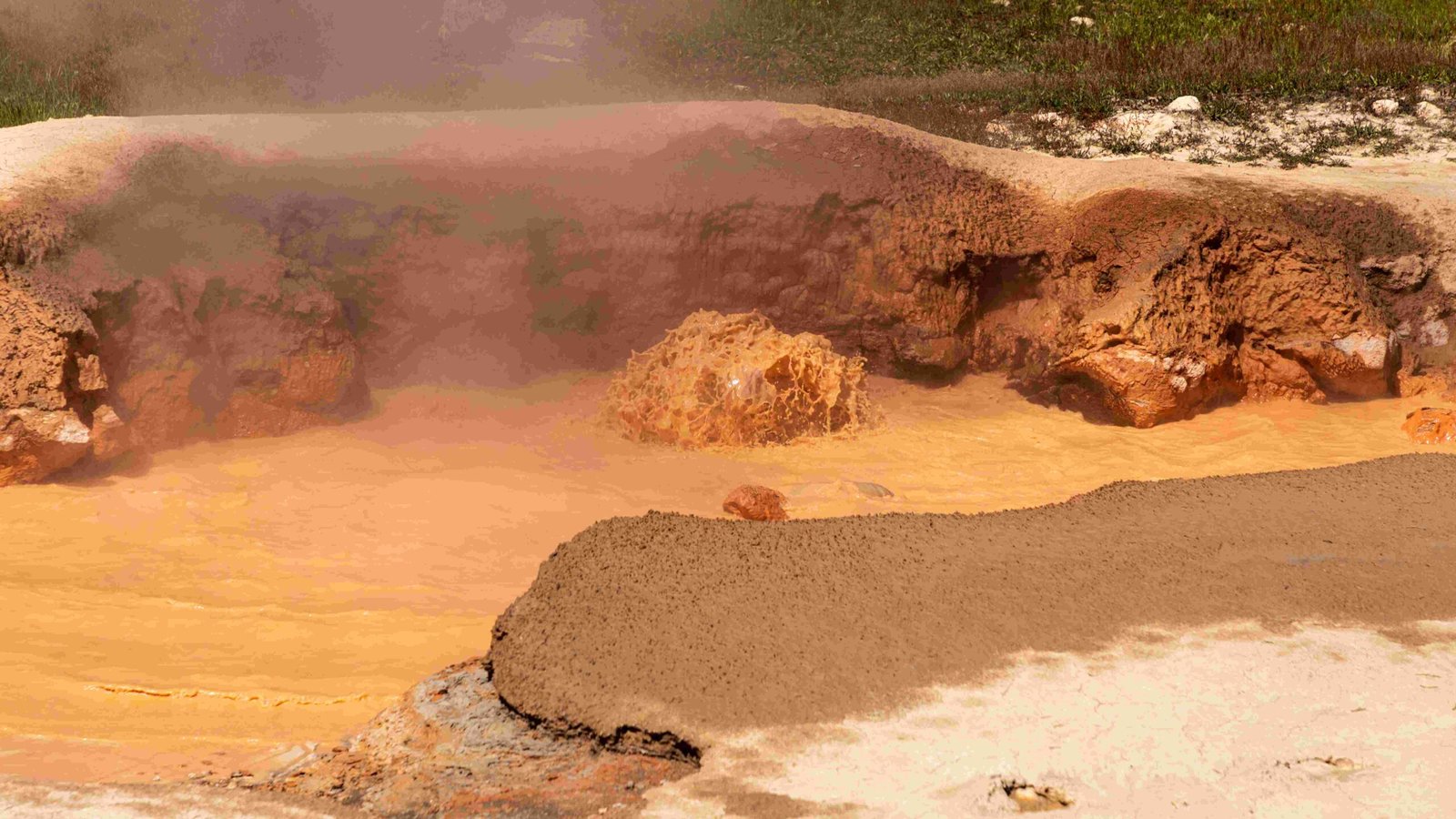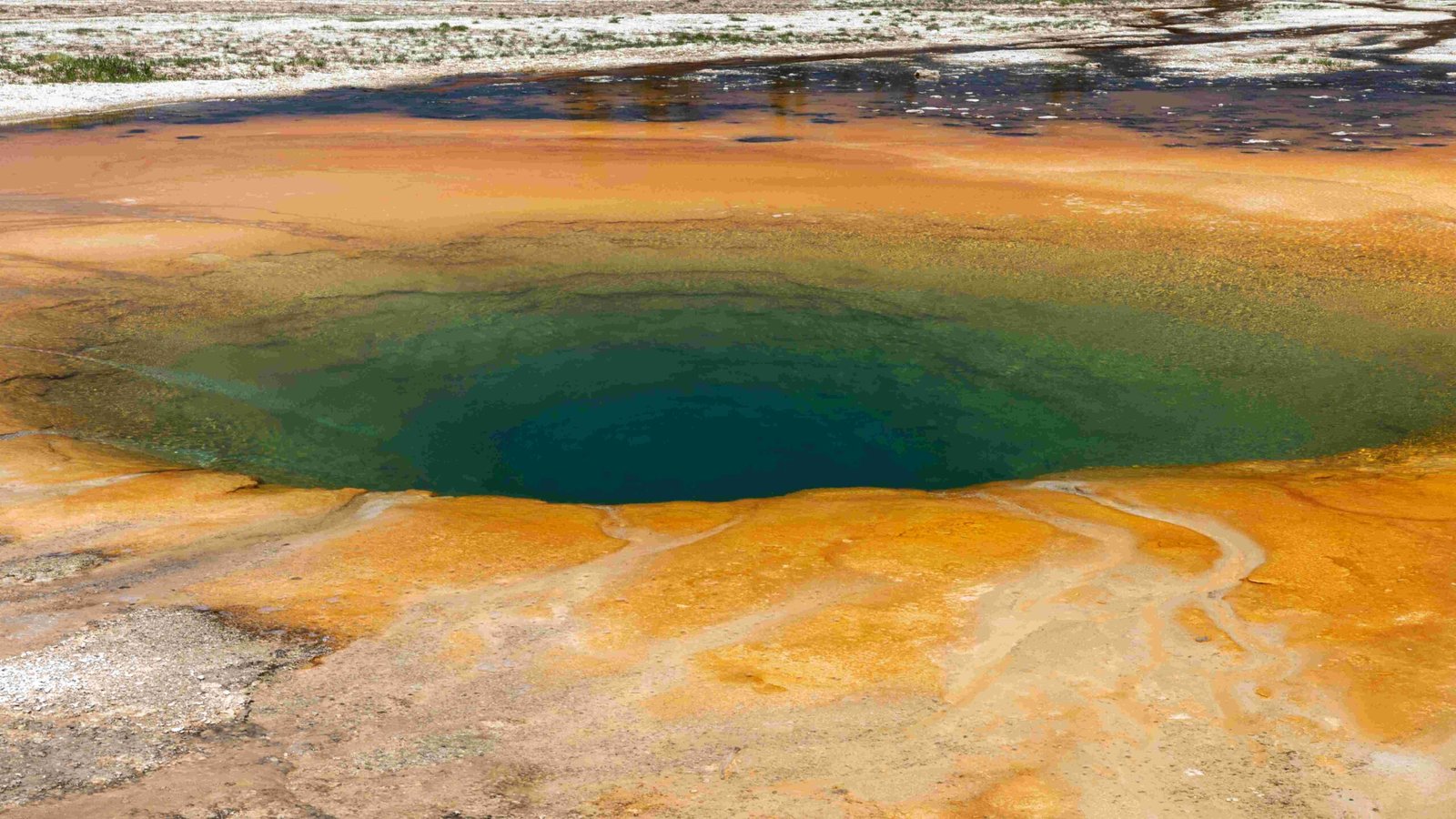A solo trip to Yellowstone National Park offers an unparalleled opportunity to explore America’s first national park at your own pace. With its diverse landscapes, abundant wildlife, and geothermal wonders, Yellowstone provides a perfect backdrop for solo travelers seeking adventure, solitude, and natural beauty. This comprehensive guide will help you plan and execute an unforgettable solo journey through one of the world’s most remarkable wilderness areas.
What Should I Know Before Planning a Solo Trip to Yellowstone National Park?

Before embarking on your solo adventure, it’s crucial to understand the basics of Yellowstone National Park:
- Location: Primarily in Wyoming, with parts extending into Montana and Idaho
- Size: Approximately 2.2 million acres
- Established: March 1, 1872 (America’s first national park)
- Annual Visitors: Over 4 million
- Best Time to Visit: June to September for optimal weather and accessibility
How Can I Plan a 5-Day Solo Itinerary for Yellowstone?

Here’s a detailed 5-day itinerary tailored for solo travelers:
Day 1: Northern Entrance and Mammoth Hot Springs
- Arrive at Bozeman Airport and drive to the Northern Entrance (3 hours)
- Visit Albright Visitor Center (1 hour)
- Explore Mammoth Hot Springs boardwalks (2 hours)
- Evening wildlife viewing in Lamar Valley
- Overnight in Silver Gate or Cooke City, MT
Day 2: Lamar Valley and Beartooth Highway
- Early morning wildlife viewing in Lamar Valley
- Drive the scenic Beartooth Highway
- Hiking and photography opportunities
- Return to previous night’s lodging
Day 3: Grand Canyon of the Yellowstone
- Drive to Canyon Village, stopping at Tower Falls
- Explore South and North Rim trails
- Visit Artist Point for iconic views
- Overnight at Canyon Village or previous lodging
Day 4: Geothermal Wonders and Old Faithful
- Drive to Old Faithful and watch eruption
- Visit Old Faithful Visitor Education Center
- Explore Upper Geyser Basin
- Evening at Hayden Valley for wildlife
- Overnight at Old Faithful area or West Yellowstone
Day 5: More Geysers and Departure
- Morning exploration of Midway and Lower Geyser Basins
- Visit Fountain Paint Pot
- Depart for Bozeman or next destination
What Are the Best Solo Camping Options in Yellowstone?
For solo campers, consider these options:
- Grant Village Campground
- Location: Near Yellowstone Lake
- Amenities: Showers, laundry, camp store
-
Reservation: Required
-
Canyon Campground
- Location: Near Grand Canyon of Yellowstone
- Amenities: Showers, laundry, camp store
-
Reservation: Required
-
Slough Creek Campground
- Location: Northeast section, great for wildlife viewing
- Amenities: Basic, no showers
- Reservation: First-come, first-served
How Can I Ensure My Safety While Hiking Solo in Yellowstone?
Safety is paramount for solo hikers. Follow these guidelines:
- Carry bear spray and know how to use it
- Stay on designated trails
- Make noise to alert wildlife of your presence
- Carry a detailed map and compass/GPS
- Inform someone of your hiking plans
- Bring plenty of water and high-energy snacks
- Be prepared for sudden weather changes
What Are Some Must-Do Solo Hikes in Yellowstone?
Consider these trails for your solo adventure:
- Observation Point Trail
- Length: 2 miles round trip
- Difficulty: Moderate
-
Highlights: Views of Old Faithful area
-
Mystic Falls Trail
- Length: 2.5 miles round trip
- Difficulty: Moderate
-
Highlights: 70-foot waterfall
-
South Rim Trail to Artist Point
- Length: 1 mile round trip
- Difficulty: Easy
-
Highlights: Iconic views of Lower Falls
-
Slough Creek Trail
- Length: 2.5 miles round trip
- Difficulty: Moderate
- Highlights: Wildlife viewing, scenic vistas
How Can I Maximize Wildlife Viewing Opportunities as a Solo Traveler?
To increase your chances of wildlife encounters:
- Visit at dawn or dusk when animals are most active
- Bring binoculars or a spotting scope
- Be patient and quiet
- Focus on Lamar and Hayden Valleys
- Join a guided wildlife tour for expert insights
Remember to maintain a safe distance from all wildlife (100 yards from bears and wolves, 25 yards from other animals).
What Essential Gear Should I Pack for a Solo Yellowstone Trip?
Pack these items for a successful solo adventure:
- Bear spray
- Layered clothing
- Sturdy hiking boots
- Rain gear
- First aid kit
- Headlamp or flashlight
- Water bottles and filtration system
- High-energy snacks
- Camera and binoculars
- Detailed park map
How Can I Make the Most of Geothermal Features During My Solo Trip?
To fully appreciate Yellowstone’s geothermal wonders:
- Visit early morning or late evening to avoid crowds
- Take guided ranger walks for in-depth information
- Download the NPS Yellowstone app for self-guided tours
- Respect barriers and stay on boardwalks for safety
- Visit lesser-known geyser basins like Norris or West Thumb
What Are Some Tips for Solo Dining in Yellowstone?
As a solo traveler, consider these dining options:
- Pack picnic lunches for scenic outdoor meals
- Try park lodges for sit-down dining experiences
- Visit general stores for quick grab-and-go options
- Bring a camping stove for preparing meals at your campsite
- Join ranger programs that include meals for a social experience
How Can I Capture the Best Photos During My Solo Yellowstone Trip?
Enhance your photography skills with these tips:
- Use a tripod for stability, especially in low light
- Wake up early for golden hour lighting
- Experiment with different perspectives and compositions
- Protect your gear from geothermal steam and elements
- Respect wildlife by using telephoto lenses for distant shots
By following this comprehensive guide, you’ll be well-prepared for an unforgettable solo adventure in Yellowstone National Park. Remember to respect the park’s rules, wildlife, and natural wonders, ensuring that future generations can enjoy this remarkable place as much as you will.

